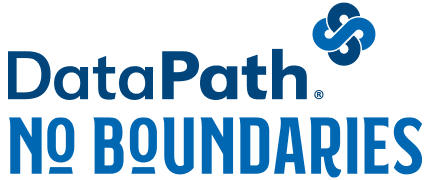The COVID pandemic’s seismic shift toward remote work has had a lasting impact on employee expectations and organizational dynamics. As more employers implement return-to-office (RTO) policies, many are facing a tug-of-war between these mandates and employee desire for continued flexibility.
Return-to-Office Policies and Employee Resistance
A PwC survey in 2023 revealed that 90% of executives expected employees to return to the office at least three days a week, yet only 20% of workers favored this arrangement. Resistance stems from time-consuming commutes, better work-life balance at home, and improved productivity in a remote setting. Employees increasingly view flexibility not as a perk but as a standard expectation.
Some industries have felt this tension more acutely than others. For example, McKinsey found that 65% of employees in the healthcare and insurance sectors prioritize flexibility in choosing employers. Organizations enforcing rigid RTO policies risk increased turnover, disengagement, and diminished morale.
Hybrid Work Models
Hybrid work models are widely discussed on LinkedIn as companies navigate their return-to-office strategies. They have become a practical solution, blending the benefits of remote work with in-office collaboration. Employees can split their time between home and the office, offering flexibility while ensuring a physical presence when it matters most.
According to Mercer, 81% of employees are satisfied with their work-life balance under a hybrid arrangement.
Take the example of Aetna, a health insurance giant. Aetna introduced a flexible hybrid policy, requiring employees to work in the office twice a week. This approach allowed teams to maintain cohesion and leverage in-person collaboration while respecting employees’ preference for remote work. The result? A reported 30% increase in employee satisfaction and a notable drop in attrition.
Hybrid models also enable organizations to repurpose office spaces for meaningful interactions rather than routine tasks. Open workstations and collaboration zones encourage innovation and engagement, creating a vibrant work environment.
Easing Return-to-Office Transitions with Commuter Benefits
One of the major pain points for RTO employees is the daily commute. Long travel times can erode productivity and well-being, making commuter benefits a valuable tool for employers.
Organizations like Cigna and Blue Cross Blue Shield have implemented robust commuter programs, offering subsidies for public transit, carpooling incentives, and flexible scheduling to avoid peak traffic hours. According to the Society for Human Resource Management (SHRM), such initiatives have reduced commuting stress by 25 percent and increased employee willingness to adhere to RTO policies by 40 percent.
Employers are also exploring partnerships with local transit authorities to provide discounted or free passes. These efforts demonstrate an understanding of employee concerns and a commitment to mitigating them.
Leveraging Technology for Seamless Hybrid and Remote Work
Technology plays a pivotal role in ensuring the success of hybrid and remote work arrangements. Cloud-based collaboration tools like Microsoft Teams and Asana have made coordinating across time zones and locations easier. Advanced video conferencing systems and virtual whiteboards have bridged the gap between in-office and remote workers, enabling real-time collaboration.
For example, healthcare leader Kaiser Permanente has invested in technology to streamline hybrid work. Kaiser ensures seamless workflows and data security by equipping teams with secure digital tools and comprehensive IT support. This has empowered employees to remain productive regardless of their location. Humana, a leading health insurer, implemented its RTO strategy in phases, surveying employees regularly in order to fine-tune their strategies in response to worker concerns.
Performance management platforms are evolving to accommodate remote and hybrid setups. These tools provide a fair and transparent framework for evaluating contributions by focusing on outcomes rather than hours worked.
A Balanced Future
Navigating the complexities of return-to-office policies requires empathy, innovation, and adaptability. Employers who embrace hybrid models, offer commuter benefits, and leverage technology are better positioned to meet employee expectations while achieving organizational goals. The examples referenced above highlight the power of thoughtful, balanced approaches.
As the workplace continues to evolve, collaboration and open dialogue are keys to success. Organizations can foster a culture that thrives in the face of change by prioritizing employee well-being alongside business objectives.
For 40 years, DataPath has been a pivotal force in the employee benefits, financial services, and insurance industries. The company’s flagship DataPath platform offers an integrated solution for managing CDH, HSA, Well-Being, Commuter Benefits, COBRA, and Billing. Through its partnership with Accelergent Growth Solutions, DataPath also offers expert BPO and BPM services, technology and automation, customer contact center, and award-winning marketing services.


